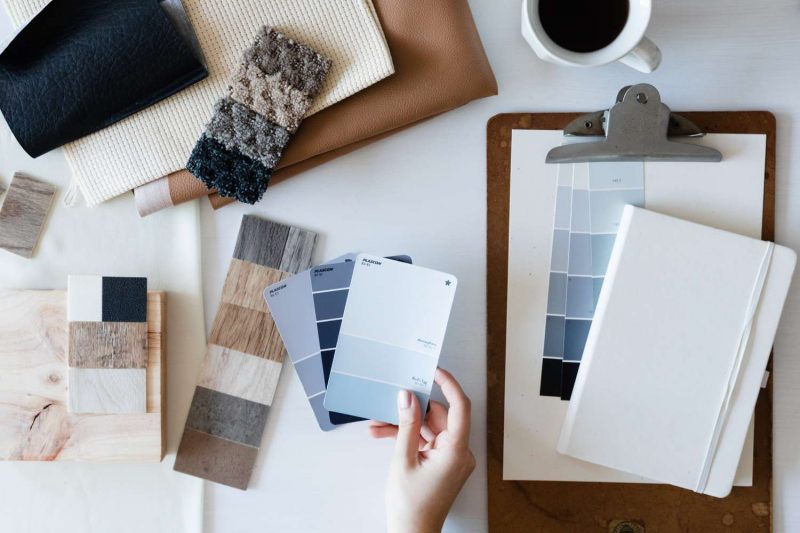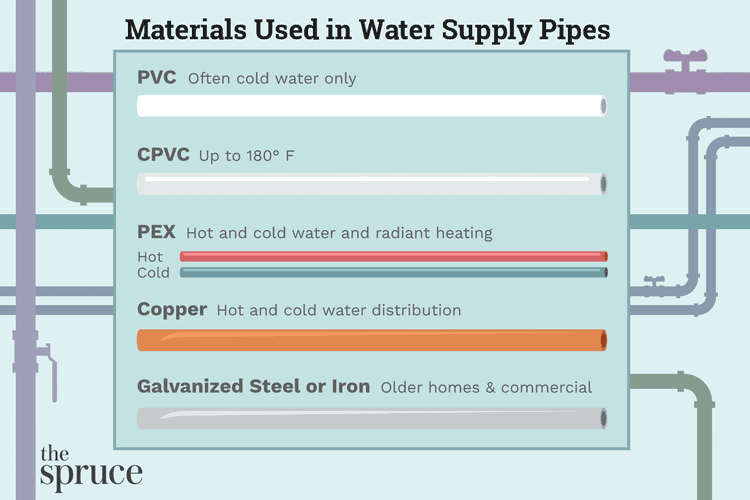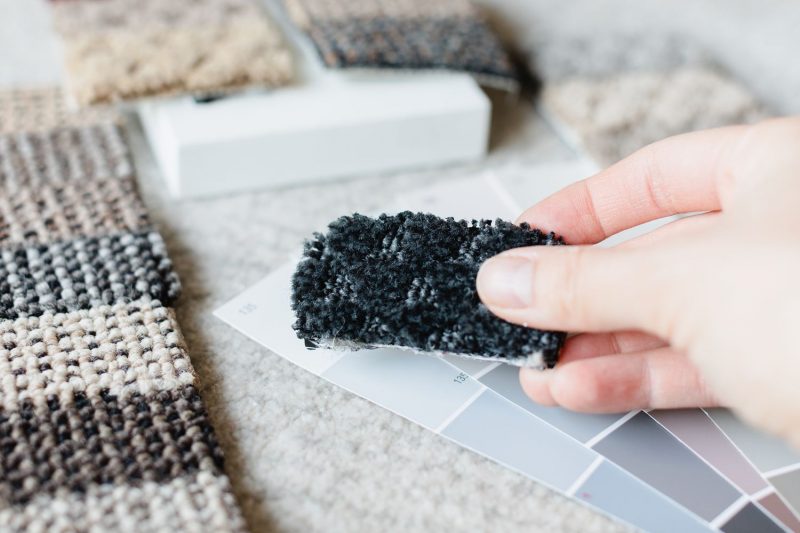You’ve made the choice to refresh the interior of your space and recognize that assistance is necessary. As you search for experts, you come across the terms interior designers and interior decorators. This leads to new inquiries: How do they differ? and, crucially, Which one is the right fit for my needs?

Interior design and interior decorating are frequently confused with one another, yet they are not completely synonymous. While there are numerous similarities between the two professions, opinions differ on the precise boundaries that separate them. The primary differences lie in education, qualifications, the range of services offered, and the types of clients they serve.
Contents
What does an interior designer do?
An interior designer frequently collaborates with architects and various specialists to create interior environments that are not only aesthetically pleasing but also practical and secure. They possess specialized skills in crafting floor layouts and utilizing design software.
- Education in interior design is essential, as it is a field that demands specialized knowledge and formal training. This discipline typically encompasses the study of color theory, textiles, computer-aided design (CAD), drawing techniques, spatial arrangement, furniture design, and architectural principles, among other topics. After completing their education, aspiring designers frequently work as apprentices under the guidance of a licensed and experienced interior designer before starting their own practices.
- Qualifications: In certain states and provinces, it is mandatory for professional designers to pass an examination and register with an overseeing body, with the specific organization varying by country and region. Conversely, there are numerous places where no formal credentials are necessary. Therefore, it is advisable to investigate the requirements in your locality before beginning your search.
- What they offer: Designers excel in spatial organization and are skilled in creating and updating interior spaces—from drafting the initial layout to adding the final decorative touches. Their work goes beyond aestheticsthey also enhance the functionality of a room.
- Interior designers frequently collaborate with architects and contractors to realize the aesthetic vision of their clients, regardless of whether the project involves a private residence, a corporate office, a hotel, or any other type of interior environment.
What does an interior decorator do?
An interior designer is an expert in enhancing the aesthetics of a space through the use of style, color, furnishings, and decorative elements. They collaborate closely with furniture artisans, upholsterers, and various home decor specialists to craft interior environments that are visually appealing to their clients.
- Education: Interior decorators do not need formal training or educational credentials to work in the field, as their main emphasis is on aesthetics rather than renovations or structural design. Their role begins once the structural work is finished, concentrating on the visual aspects of the space. While many interior decorators hold degrees in relevant disciplines, such qualifications are not mandatory for the profession.
- Qualifications: While formal education is not mandatory for aspiring interior decorators, there is a wide range of programs and classes accessible. These educational opportunities typically emphasize aspects such as color theory, textiles, spatial arrangements, furniture design, and additional relevant topics. Certifications from entities such as C.I.D. (Certified Interior Decorators International) provide training and credentials, enabling decorators to validate their expertise.
- What they offer: Talented decorators possess the ability to transform a room’s appearance with ease. They assist clients in selecting a design style and color palette for new areas, procure furniture, and add decorative elements. Additionally, they are frequently called upon to refresh or renovate a space that requires a makeover.
- Collaborations of decorators typically do not include contractors or architects, as the structural aspects of a project are usually finalized prior to their involvement. Instead, decorators partner with furniture artisans, upholsterers, and various other professionals in the field. More frequently, their primary interactions are with homeowners or managers of businesses.
What is the Compensation Structure for Interior Decorators and Designers?
The majority of interior designers and decorators typically bill by the hour for their consultations, site visits, the creation of design presentations, and the actual execution of the project, as per their agreement with residential or commercial clients. Alternatively, some may opt for a fixed fee or a commission that is a percentage of the overall project expenses.
Engaging the services of an interior designer or decorator typically incurs expenses ranging from 10% to 45% of the overall project budget, which encompasses the expenses for materials, furnishings, and contractor services. On average, the involvement of an interior expert increases the total costs by about 25%. Depending on the complexity of the project, the fees can vary from $1,500 to over $15,000.
Should I engage a designer or a decorator?
The decision on whom to employ hinges on your specific requirements. When it comes to structural modifications—like taking down a wall, relocating plumbing or electrical systems, or installing new windows or doors—an interior designer is typically the more suitable option. These professionals can assist in strategizing substantial structural alterations and facilitate the process by collaborating closely with architects and contractors.
Conversely, if structural modifications aren’t necessary but you require assistance with aesthetics—such as selecting a style, wallpaper, paint, furniture, window treatments, as well as lighting and decorative accessories—an interior decorator is likely the ideal choice. Skilled decorators understand how to harmonize elements and can revamp a space to align with a client’s preferences and requirements.
Ultimately, selecting the appropriate professional hinges primarily on their individual skills rather than their job title. Numerous designers with formal education often find themselves engaged in tasks that are more accurately characterized as decorating, as these tasks do not involve any renovation or structural changes. Similarly, there are many seasoned decorators who, through extensive experience, are capable of collaborating with contractors and builders just like designers do.
Tips for Selecting an Interior Decorator or Designer
When seeking to hire a professional, it’s essential to have a clear grasp of your requirements and to find someone with a solid track record of fulfilling those needs, regardless of their official job title. Typically, designers focus on space planning and structural implementation, whereas decorators handle the final aesthetic choices. However, don’t hesitate to blur the lines and consider a decorator known for their design skills or a designer with a talent for decoration, as long as their abilities are well-established.
Request to view a portfolio showcasing the completed projects of the decorator or designer. Seek references and inquire about their qualifications, years of experience, and any collaborations that could benefit your project. The key aspect is to select a decorator or designer who comprehends your style and preferences, ensuring they provide results that align with your vision rather than their own.
Inquire about the project timelines, adhere to your budget, and familiarize yourself with the decorator or designer’s workflow from start to finish. Determine whether the decorator or designer will handle the work personally or if they will engage a subcontractor to complete the project. Establish a clear fee structure to avoid any surprises regarding the costs.
What level of experience is required to become an interior decorator?
To become a licensed interior designer, numerous states mandate that individuals possess a bachelor’s degree, successfully complete the National Council for Interior Design Qualification (NCIDQ) examination, and accumulate a minimum of two years of professional design experience.
Do interior designers have higher earnings compared to interior decorators?
Interior designers frequently earn higher incomes or are able to set higher fees because of their expertise and qualifications.
What steps are involved in collaborating with an interior designer?
Following a preliminary meeting with several interior decorators, select the one who best grasps your vision during their visit to your space and presents a final design that aligns with your style, budget, and schedule. A skilled decorator should manage all the logistical aspects of the decorating process, allowing you to conserve both time and effort.
What are the ways interior decorators generate income?
The majority of interior decorators and designers typically establish their fees as either a fixed rate or an hourly charge, or they may implement a commission structure that is determined by the overall cost of the project.

